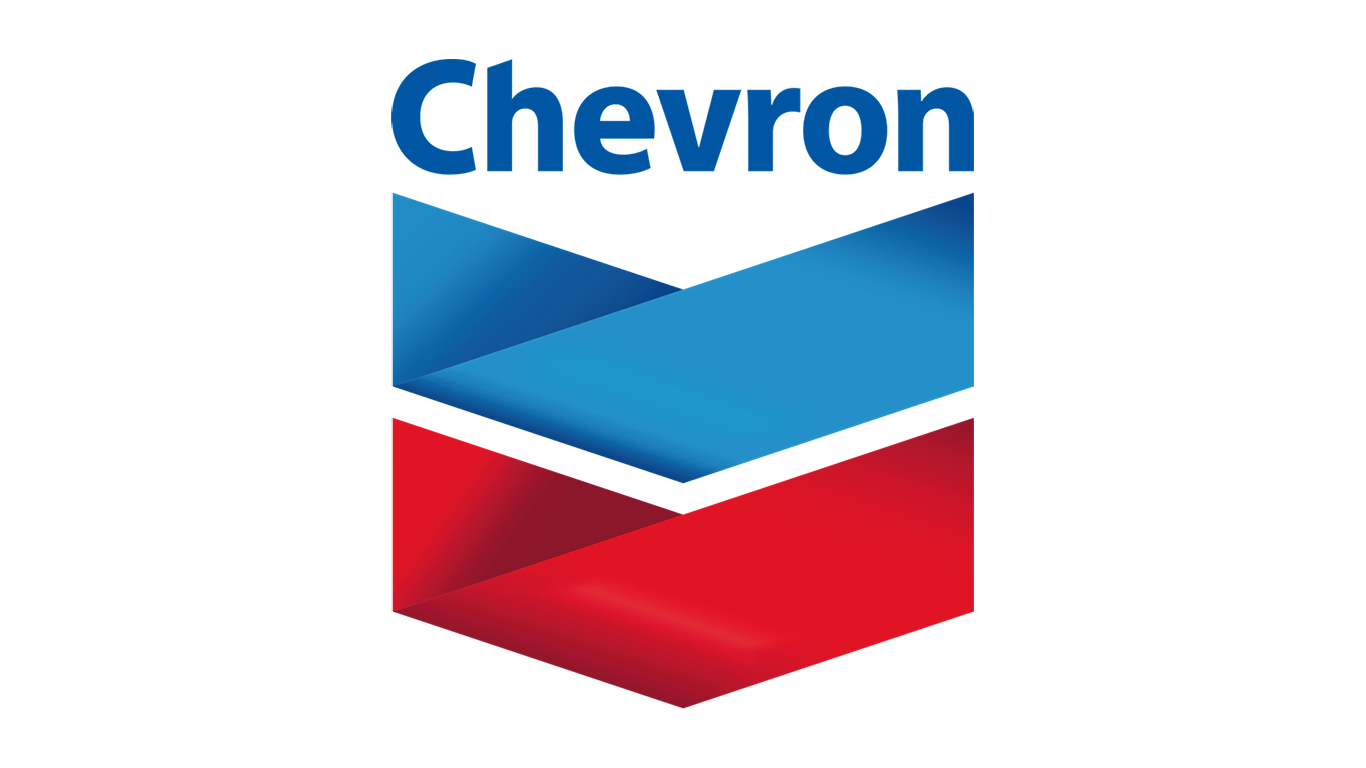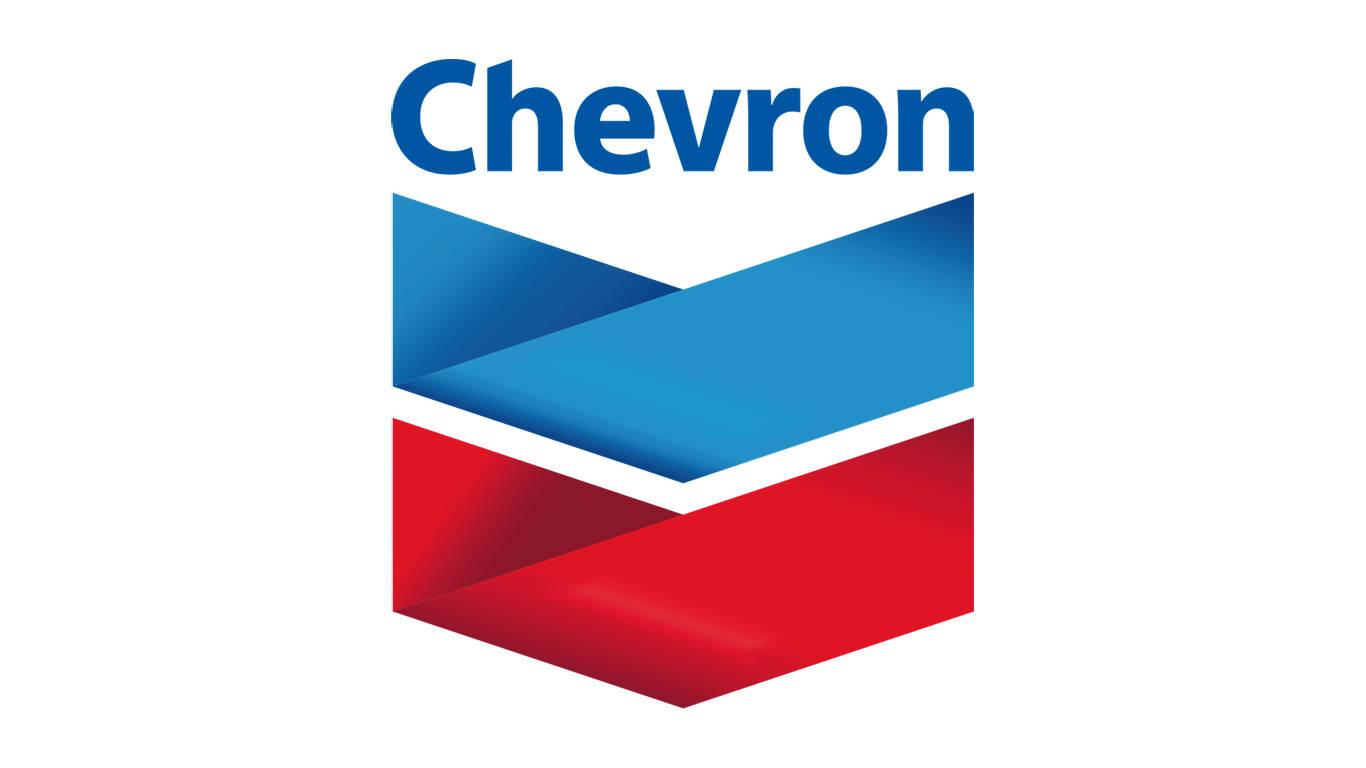
Chevron Corp. (NYSE: CVX) reported first-quarter results before markets opened Friday morning. For the quarter, the oil & gas supermajor posted earnings per share (EPS) of $1.93 on total revenues of $29.71 billion. In the same period a year ago, the company reported earnings per share (EPS) of $1.47 on total revenues of $35.20 billion. First-quarter results compare to the consensus estimates for EPS of $0.68 and $29.38 billion in revenues.
Net income for the quarter totaled $3.58 billion including a gain of $240 million on asset sales in the Philippines, $440 million in favorable tax items on international upstream, and positive foreign currency effects of $514 million. That’s $1.19 billion in one-time items, a third of Chevron’s reported net income. Adjusted for those items, Chevron’s net income totaled $2.4 billion or $1.29 per share.
The company said it will reduce capital spending by up to an additional $2 billion in 2020 to around $14 billion. Capex in each of the last two years came in at around $21 billion. The original capex budget for this year was $20 billion and Chevron reduced that to $16 billion in late March.
Net oil-equivalent production in the first quarter totaled 3.24 million barrels a day, up 6% year over year and a new quarterly record. Net oil-equivalent production in the United States totaled 1.06 million barrels a day, up by 180,000 barrels year over year. Permian Basin production rose by 48% to 580,000 barrels a day. Average U.S. price realizations per barrel of oil dropped from $55.72 a year ago to $45.43.
Internationally, liquids prices fell from $57.99 a barrel a year ago to $42.64 a barrel and net oil-equivalent production rose by 17,000 barrels a day to 2.17 million barrels a day
CEO Michael Wirth said:
First quarter earnings were up from a year ago driven by downstream margins and increased Permian production. However, commodity prices fell significantly in March and the weakness continued into the second quarter, primarily due to reduced demand resulting from the COVID-19 pandemic.
In addition to a reduction in capex, Chevron estimates a reduction of $1 billion in operating expenses for the year. The company has already suspended its share buyback program and, in April, completed the sale of assets in Azerbaijan. Combined with the sale of its Philippines assets, Chevron has generated $1.6 billion from asset sales so far this year.
The earnings announcement did not include guidance, but consensus estimates for the second quarter of 2020 call for an earnings per share loss of $0.91 on revenues of $23.41 billion. For the full year, the loss per share is estimated at $0.69 on revenues of $102.75 billion.
In a presentation to accompany the company’s conference call later Friday morning, Chevron indicated that it plans to cut production by 200,000 to 300,000 barrels a day in May and by 200,000 to 400,000 barrels a day in June.
The company expects to be able to pay its dividend for 2020 and 2021 from its operating cash flow. Operating cash flow in the first quarter totaled $4.7 billion and dividend payments totaled $2.4 billion. That suggests dividend payments for the year will total around $9.6 billion and that Chevron’s operating cash flow over the next three quarters will total $4.9 billion.
Asset sales and debt are expected to keep the balance sheet “resilient” at a crude price of $30 a barrel, more than $11 a barrel above Friday morning’s price.
Chevron’s shares traded down about 2.8% in Friday’s premarket at $89.45 in a 52-week range of $51.60 to $127.00. The consensus 12-month price target was $90.62 before this morning’s report. Chevron’s dividend yield is 5.45% at an annualized rate of $5.16.
The #1 Thing to Do Before You Claim Social Security (Sponsor)
Choosing the right (or wrong) time to claim Social Security can dramatically change your retirement. So, before making one of the biggest decisions of your financial life, it’s a smart idea to get an extra set of eyes on your complete financial situation.
A financial advisor can help you decide the right Social Security option for you and your family. Finding a qualified financial advisor doesn’t have to be hard. SmartAsset’s free tool matches you with up to three financial advisors who serve your area, and you can interview your advisor matches at no cost to decide which one is right for you.
Click here to match with up to 3 financial pros who would be excited to help you optimize your Social Security outcomes.
Have questions about retirement or personal finance? Email us at [email protected]!
By emailing your questions to 24/7 Wall St., you agree to have them published anonymously on a673b.bigscoots-temp.com.
By submitting your story, you understand and agree that we may use your story, or versions of it, in all media and platforms, including via third parties.
Thank you for reading! Have some feedback for us?
Contact the 24/7 Wall St. editorial team.
 24/7 Wall St.
24/7 Wall St.


